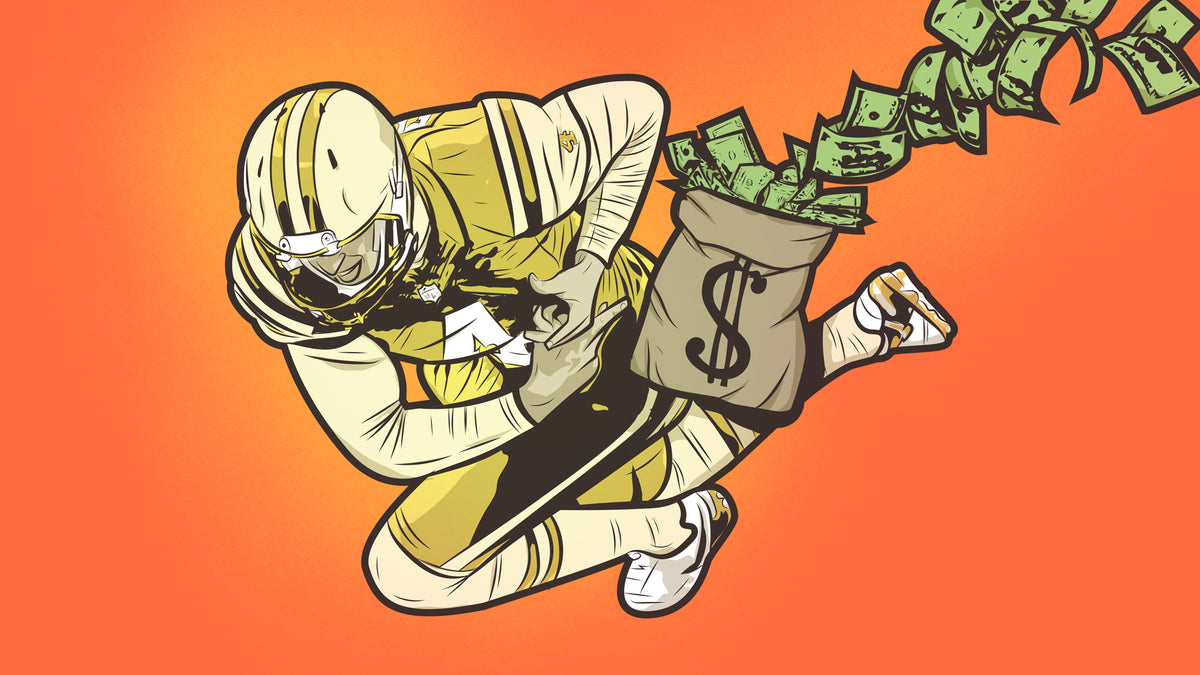Just like any other circumstance, NFL contracts are also subject to various factors. They depend on various institutional and general factors. Let’s take a look at a few of these factors.

- The constraint of the salary cap came into effect in 1994 in conjunction with the advent of years of labor strife and court battles, which hinders guaranteed contracts as it limits the amount of money spent by teams on a player in one year. Moreover, teams can roll over the unused cap amounts in a given year, which incentivise them to use that money in the future as per the need.
- According to a paper published in 2017 by Football Player Health Study at Harvard University, funded by NFPL, an NFL player is 4.9 times more likely to sustain injuries per game, compared to the sum of the averages of other leagues like the NBA, NHL, and MLB. Thus, teams are not willing to pay for such big risks, as players are more prone to injuries.
- In an NFL season, rosters are made of 53 players. This means more number of players are to be under the cap limits. While other leagues’ rosters are made up of half or less than half the number of players. Thus providing guaranteed contracts to so many players will not be viable.
- In certain cases, if guaranteed contracts are given, the players might become complacent or try to play in a manner that doesn’t injure them. Thus this might affect the team’s performance.
- In the case of the NFL, if you spend too much salary on a few players, it’s become difficult to make an elite roster, given all the positions that must be filled. While in the NBA, the team can win with a handful of stars. Thus, in the case of the NFL, every player needs to be given almost equal treatment.
- The NFL player has weak union and CBA due to their short careers. Thus making negotiations on the player's side weak.
Every aspect has its uncertainties and so does the NFL contract. With these uncertainties, the guarantee goes down.



